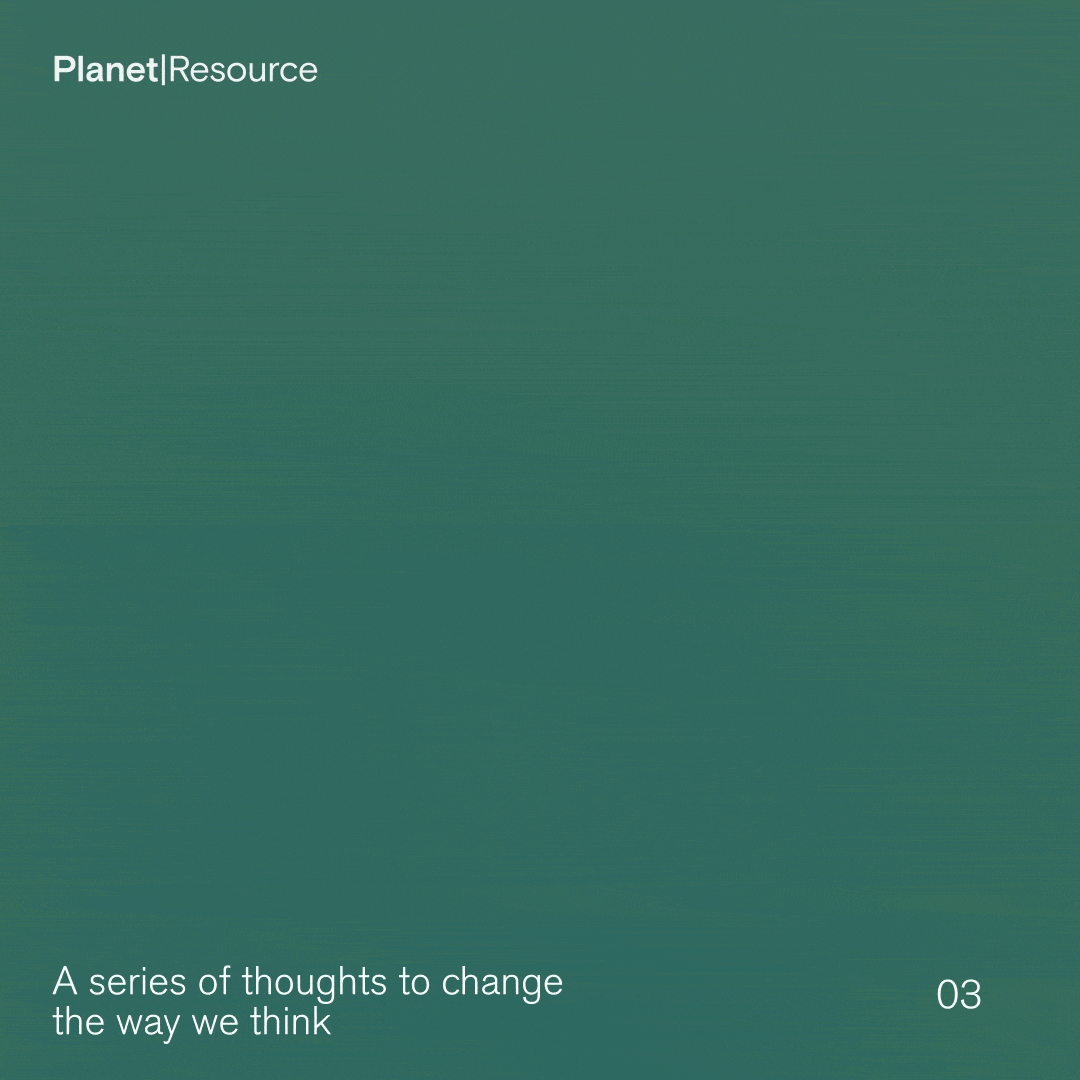Head of Green Washing – the problem with sustainability terminology.
Written by Marc Seligmann, Head of Sustainability
As I reflect on the last two years in my role of Head of Sustainability, I’ve grown to recognise the challenges in effectively communicating sustainability concepts to both the public and industry stakeholders. Initial reactions to my new role from friends and family ranged from confusion (“what does that entail?”) to scepticism (“so you’re the Head of Green Washing”). It’s disconcerting that despite sustainability being a prominent topic in mainstream media for over two decades, such misconceptions still prevail.
Within the sustainability echo chamber, it’s easy to assume universal understanding of terms like “sustainability.” However, reality paints a different picture, and definitions vary widely. Something like food choice exemplifies this. Are apples from Kent sustainable because they are locally grown but stored in energy intensive refrigeration? Is the pineapple flown in from Kenya sustainable because it provides local work to a disadvantaged community. These scenarios show the nuances of aligning with the sustainable development goals.
In an attempt to standardise sustainability, certification schemes like BREEAM and LEED have emerged. The schemes have supported designers by providing them with targets and metrics however there is now a ‘fatigue’ issue that may hinder rather than facilitate progress.
The sustainable design field is an alphabet soup of different definitions and terminology, and it seems with each year there is another term to learn about. Over the years we have had sustainable, circular, nature based, biobased and now regenerative. There is a danger each additional label introduces new layers of complexity, diverting attention from tangible actions needed to combat climate change.
It’s crucial to question why the term “sustainable” has failed to drive the necessary change. The current communication surrounding sustainability often exacerbates rather than resolves issues, with many claims of sustainability backed by dubious evidence and superficial marketing tactics, eroding trust and impeding progress.
This brings me to the latest theme to emerge – regenerative design. We need to ensure this does not become the next buzzword for the industry. This new approach goes beyond metrics and targets aiming to provide real change; however tensions are inevitable. Predicting the long-term outcomes of regenerative design will be challenging and trade-offs may still be required between short and long term benefits. Regenerative design also requires us to think at different scales which can present logistical and political challenges.
Design is intricate and not everyone has the time or skills to navigate this. What I’ve learnt is that as a sustainability professional, my role is to simplify complex issues and offer clear, unbiased information to aid the design process. We have a duty to ensure our messaging remains straightforward and objective.
We can all be guilty of continuing the status quo but my approach has been to ask how the design decisions we’re making help solve the critical issues affecting our planet and provide a positive impact. Aiming to show there is a different way of doing things that brings so much positivity.
